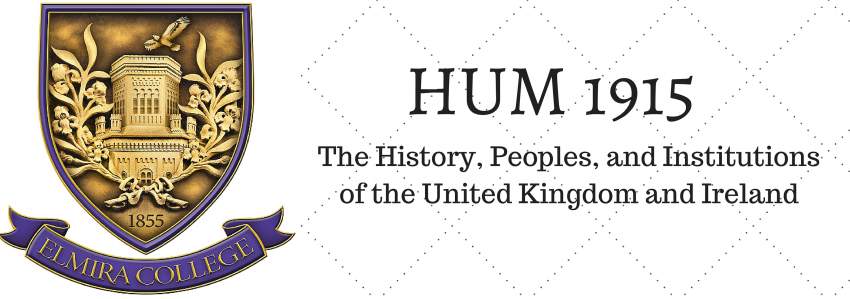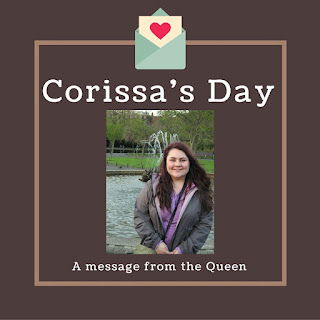Summary of Today's Events:
- Hop-on Hop-off tours of Dublin
- Dublinia Museum
- Christ Church
- St. Patrick's Cathedral
- The Guinness Storehouse
- Walk through Temple Bar
It is a common misconception that the Vikings were an uncivilized group of people. While the Viking groups raided many monasteries, they did not have anti-Christian motives. They simply knew that these were hubs of business and wealth that they would need to takeover in order to gain control. After they developed permanent settlements, the Vikings developed very prosperous markets and trading centers that helped shape industrial Dublin as we see it today.
The class was then lead through the essential areas of the Middle Ages. The tour guide sported appropriate medieval peasant dress and described the layout of Anglo-Norman Dublin, what a wealthy citizen's house contained, the Quayside, the Fair, the many causes of death during this time period and the effect of the Reformation on Dublin.
Some Interesting Facts:
- Servants would eat off a square wooden plate called trenchers, which is how the term "square meals" began. The rich folk would eat off of pewter plates that happened to contain lead, which was later discovered to be slowly poisoning them and the poor people lucky enough to receive a hand out were to eat off of a plate made of stale bread. So the healthiest meal of the times, were known as square meals.
- A simple Medieval street consisted of small wooden houses built very close to one another. The houses were built so close together that neighbors could lean out of their window and shake the other's hand. Many people leaned out the window to listen to conversations taking place under the eaves (the overhanging second floor roof) and those under the eaves could hear the conversations above, hence "eavesdropping" become a commonly used word.
- Criminals in the stocks were placed on display to be taunted by the general public. This public humiliation and inspired the modern term "laughing stock."
Here's Emily W bowing her head in shame in the stocks.
- The (surgeon) barber's pole symbolizes blood and bandages in the red and white stripes. The picture below shows the barber surgeons stand in the Fair and our tour guide to the right.
The brief visit through the archaeology exhibition showed the many tools and detailed process of discovering, labeling, and analyzing these important historical treasures.
The Dublinia was an enlightening path for Professor Wolfe's travel course as we continue to connect the past and the present.
Professor Wolfe then lead the class through Christ Church Cathedral in Dublin. This stunning Protestant cathedral was founded in 1030 ce and is Dublin's oldest standing building today. This is also a place where many Irish come to ring in the New Year.
The Oldest Structure in Ireland
Our class then continued our journey at St. Patrick's Cathedral. This is another beautiful, Protestant cathedral that was founded in 1191. After the reformation of England, the church was deemed the Anglican Church of Ireland.
Next, the class continued their hop on- hop off tour until we reached our next destination, the Guinness Factory. Following a delicious lunch that featured Irish classics such as Cottage Pie, more Beef and Guiness Pie, and an assortment of salads, the class took a tour that showed us how Guinness is made, and how the company itself contributed to Ireland's economy.
Below is a sculpture representing the history of the company and the importance of Guinness in wealth and developments in transportation of mass quantities of liquid product.
Lastly, the class concluded the day with a complete hop on- hop off tour, during which our lovely Irish tour guide gave us a flavor for every landmark we passed in song. He was a perfect example of a jolly Irishman who loved his country and was excited to share information about it.
At Luigi Malone's in Temple Bar area, we enjoyed a class meal "family style." It's so wonderful to have the opportunity to spend this time getting to know new people and share such an incredible experience with them. Look forward to more pictures of the group in action as we take on Europe as a team, learning as we go, with trusty Professor Wolfe to show us the way.
~~~~~~~~~~~~~~~~~~~~~~~~~~~~~~~~~~~~~~~~~~~~~~~~~~~~~~~~~~~~~
Corissa's favorite part of today was eating dinner with everyone at Temple Bar.
It's something special to be traveling and learning with such a bubbly, positive person. Corissa's quick quips and bright smile make every day a pleasure.


No comments:
Post a Comment